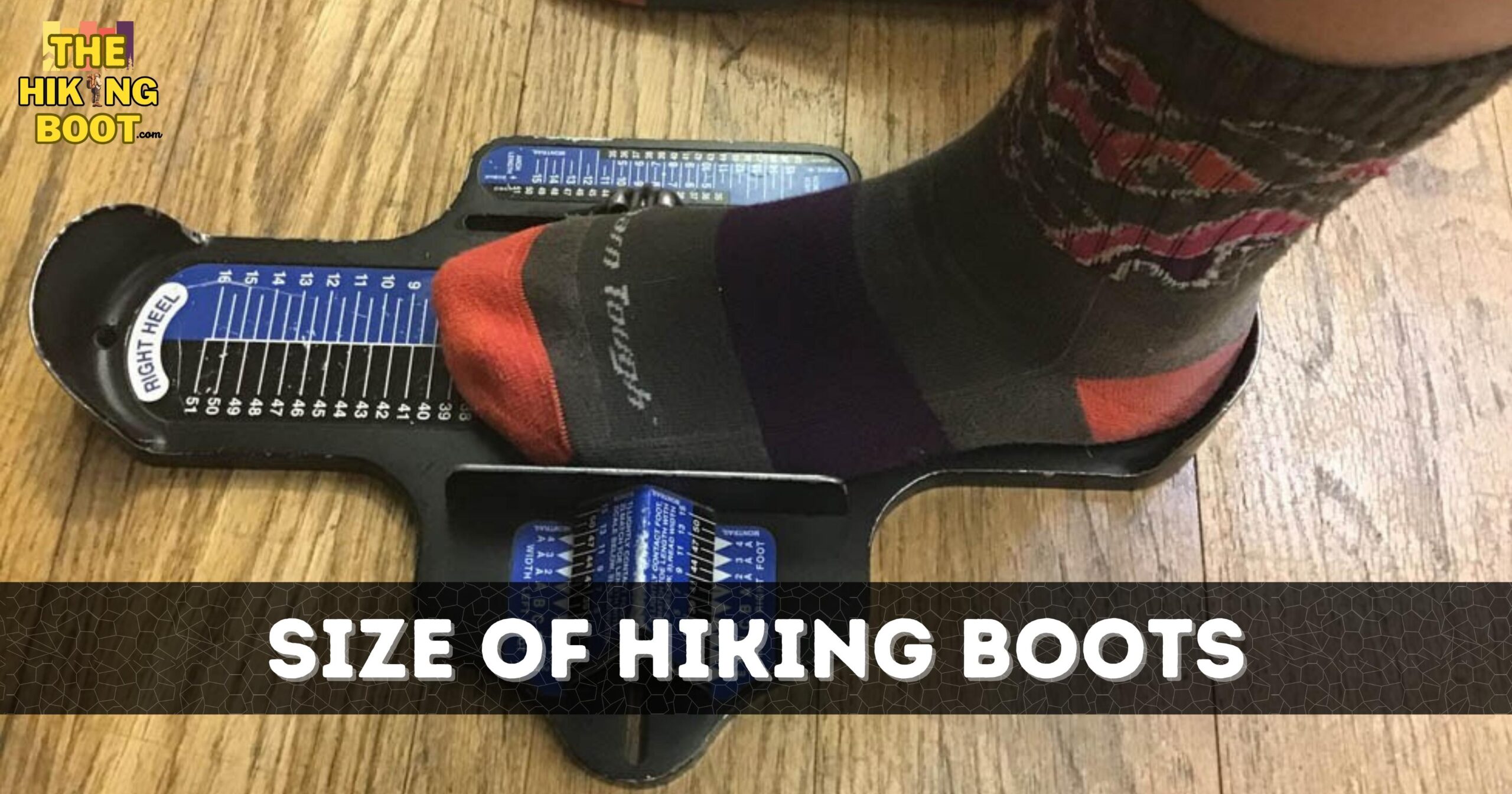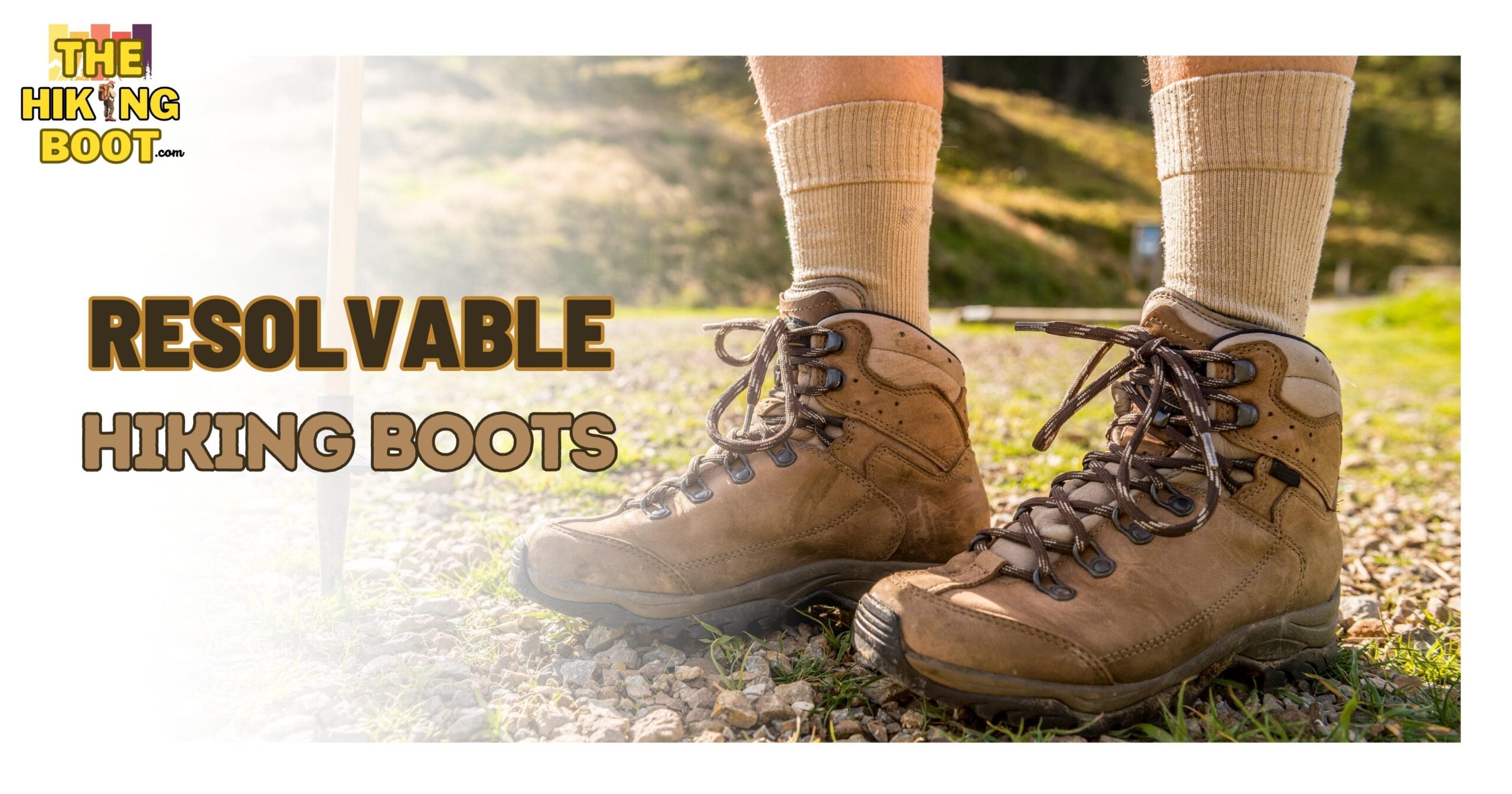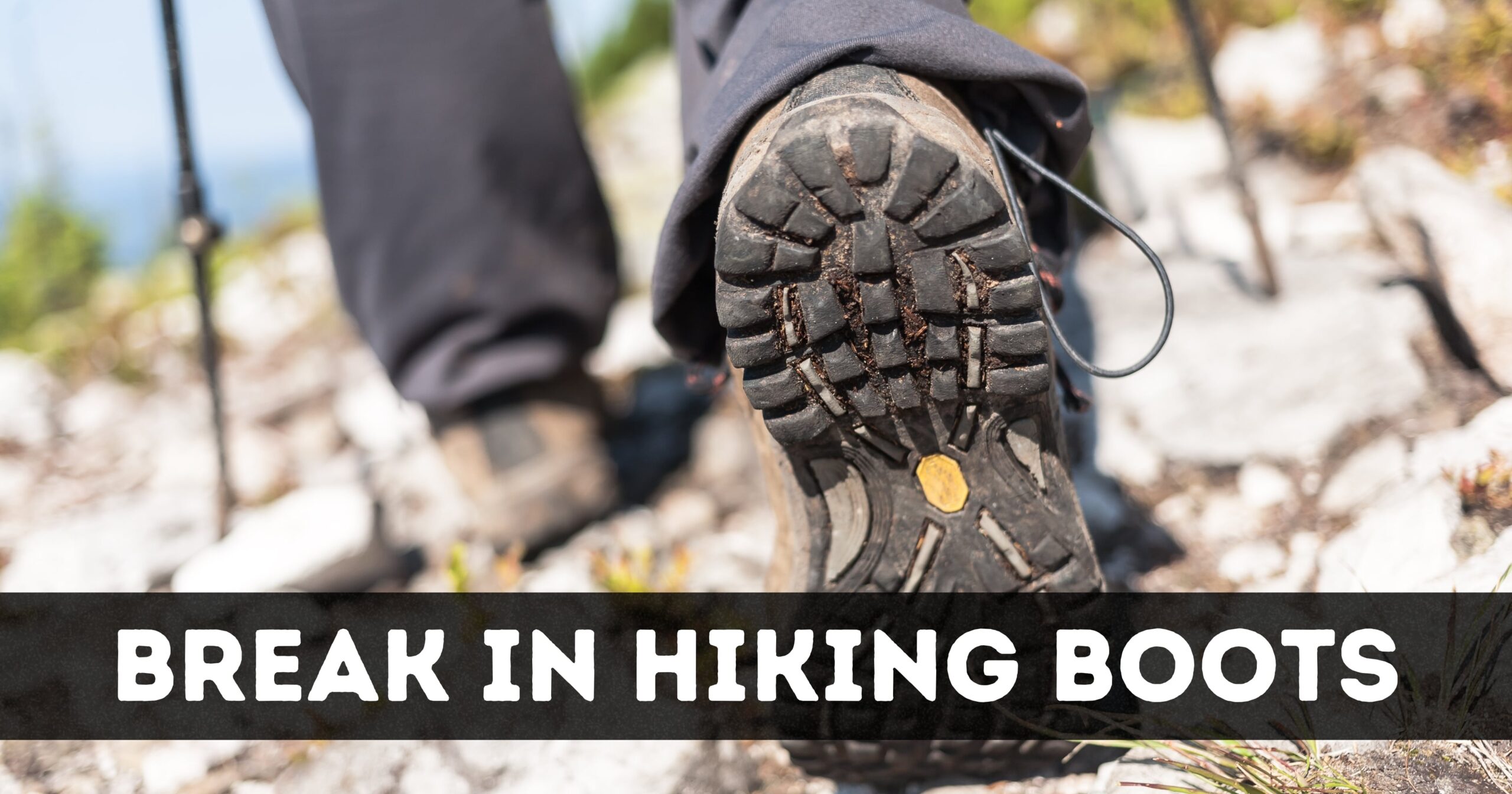Hiking boots are essential if you’re on a trek – they provide the support, traction, and protection your feet need to stay safe while tackling challenging terrain. However, regardless of if you’re wearing the best hiking boots money can buy, they can still be uncomfortable at times.
If you are a hiker and searching for how to make hiking boots more comfortable, Hiking Boots are more comfortable with these simple tips: proper fit, right socks, breaking in hiking boots, arch support, and adding insoles or orthotics.
Fortunately, there are some ways you can make your boots more comfortable for hiking and ensure your feet remain happy throughout each journey. Keep reading this blog to find out how to customise your hiking boots so you can make the most of every hike!
Proper Fit: Key to Making Hiking Boots More Comfortable
The first step in making hiking boots more comfortable is ensuring you have the right fit.
Wearing ill-fitting boots can cause blisters, chafing and general discomfort.
To get the best fit, try on various styles and sizes until you find one that fits snugly but still allows your foot to move freely.

Selecting the Right Socks for Added Comfort in Hiking Boots
We hope you clarify how to make hiking boots more comfortable, If your answer is no so, socks are an important factor in making hiking boots more comfortable. When selecting the right pair for your tr,ek be sure to choose ones that fit snugly and aren’t too thick or thin.
Avoid cotton socks as they can cause blisters and discomfort due to their lack of breathability.
Instead, opt for wool or a blend synth to keep your feet and toes dry, warm, and cushioned.
Breaking In Hiking Boots: Tips for Enhanced Comfort on the Trail
Breaking in your hiking bo necessary to ensure maximum comfort while trekking.
It’s important to break them in before going on long or demanding hikes, as the moisturiser makes the boots less stiff and more comfortable against your feet.
To break them in, try wearing them for short walks around the house or local pa to break them in.

Cushioning and Arch Support: Enhancing Comfort in Hiking Boots
Cushioning and arch support make hiking boots more comfortable.
Adding extra cushioning to the heel, toe box, vamp, and collar can provide additional shock absorption and help protect your feet from irritation.
Inserts that provide extra arch support are an excellent way to reduce fatigue in the foot muscles and prevent soreness after a long day of hiking.
The more cushioning and arch support you can provide for your feet, the better!
Adjusting Lacing Techniques for a More Comfortable Hiking Boot Fit
Lacing techniques are essential to making your hiking boots more comfortable. Properly adjusting the laces helps secure the foot and reduce the risk of blisters. To ensure your feet are secure, start lacing from the bottom and pull the laces tight.
When you reach the top loops, create a loop with one side of the lace and thread it through before tightening each loop as needed.
Adding Insoles or Orthotics: Improving Comfort in Hiking Boots
Adding insoles or orthotics to your hiking boots can make them much more comfortable.
Because insoles provide extra cushioning, arch support and shock absorption to the foot while on the trail and can help reduce fatigue.
Orthotics are specially designed inserts that conform to an individual’s feet and provide even more support for long treks.

Preventing Blisters: Techniques for Increased Comfort in Hiking Boots
Preventing blisters is necessary to make your hiking boots more comfortable. Blisters are caused by friction between the skin and the boot’s fabric, so it’s important to eliminate any potential rubbing areas before hitting the trail.
Wear socks that fit snugly and cover any exposed skin with petroleum jelly or an anti-chafing balm to do this.
Moisture Management: Keeping Feet Dry and Comfortable in Hiking Boots
Keeping your feet dry and comfortable in hiking boots is essential for having
an enjoyable trek.
Moisture management can be achieved by wearing the right socks, using waterproof liners, and applying water-repellent sprays to the boot’s exterior.
Wool or synthetic blend socks are best as they provide better insulation than cotton and reduce the risk of blisters.
Proper Foot Care: Maintaining Comfort While Hiking in Boots
Proper foot care makes hiking boots more comfortable. Before and after each hike, clean your feet with warm water and mild soap.
Additionally, inspect them to look for any cuts or blisters needing attention.
Caring for your feet will help prevent potential issues from arising while on the trail and keep you comfortable throughout your journey.
It is also made to moisturise and apply foot powder to keep your feet dry and reduce friction.
Moreover, wear clean socks each day when you’re out on a hike.
This helps prevent bacteria from building up, leading to foot odour or infection.
Avoiding Hot Spots: Strategies for a More Comfortable Hiking Boot Experience
Hot spots can cause immense discomfort while out on a hike in hiking boots. They are areas of the foot that become irritated due to friction from the boot and can lead to nasty blisters if not taken care of properly.
To avoid this issue, wear well-fitting socks and ensure your lacing technique
s tight enough to keep your feet secure but not too tight to cause pressure points.
Dealing with Foot Fatigue: Tips for Long-Term Comfort in Hiking Boots
Foot fatigue is common when hiking boots. Over time, the constant pressure and friction can cause your feet to become sore and tired.
Try insoles or orthotics for extra cushioning and arch support.
To reduce this, opt for boots with a deeper tread that better grip slippery surfaces.
If possible, take a break every few hours and give your feet time to rest for more enjoyment.

Choosing the Right Hiking Boot Material for Maximum Comfort
Choosing the right hiking boot material for maximum comfort is essential for any trek.
Depending on the type of hike you’re doing, different materials will provide better protection and support than others.
For example, leather boots are great for longer treks, providing excellent cushioning and breathability while still lightweight.
Conclusion
Overall, how to make hiking boots more comfortable is an essential question for avid hikers enjoying long or intensive hikes. To achieve maximum comfort, try adjusting lacing techniques, adding insoles or orthotics, preventing blisters and choosing the right boot material for your needs.
Additionally, practice proper foot care and be sure to take regular breaks throughout the day to give your feet a rest. With these tips in mind, you’ll be ready to tackle any trek with ease!
FAQs
Why are my Hiking Boots Uncomfortable?
Hiking boots can be uncomfortable for a variety of reasons, including improper fitting, lack of cushioning and arch support, inadequate lacing techniques, and inadequate moisture management.
The improper fitting can cause blisters or pressure points, while a lack o and arch support can lead to soreness.
How do you Soften Hiking Boots?
Softening hiking boots can be done by wearing them around the house or on short walks to break in the material.
How do I Stop my Feet from Hurting when Hiking?
Wear properly fitting socks and boots that offer adequate cushioning and arch support to stop your feet from hurting when hiking.
How do I Stop my Hiking Boots from Rubbing?
To stop your hiking boots from rubbing, wear properly fitting socks and use petroleum jelly or an anti-chafing balm on any exposed skin.
Adjust the lacing technique to secure your feet in place and reduce the risk of blisters.
How Do I Toughen My Feet for Hiking?
Toughening your feet for hiking can be done by gradually increasing the intensity and length of your hikes.
Start with short walks, build up to longer treks, and wear thicker socks for more protection.
Marathoners and long-distance walkers may want to toughen their feet with 10% tannic acid or a tea soak.




2 thoughts on “How To Make Hiking Boots More Comfortable? 12 Easy Ways”